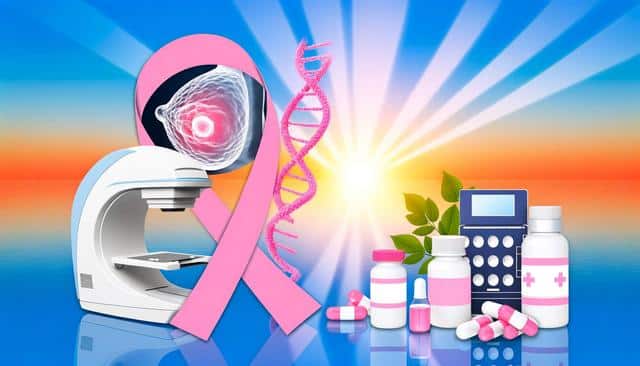Surgical Options in Breast Cancer Treatment
Surgery plays a pivotal role in breast cancer treatment, often being the first line of action in managing the disease. There are several surgical options available, which depend on the cancer’s size, location, and stage. These options include:
- Lumpectomy: This breast-conserving surgery involves the removal of the tumor and a small margin of surrounding healthy tissue, preserving most of the breast.
- Mastectomy: Involves the removal of the entire breast and, depending on the case, can include a double mastectomy to prevent cancer in the other breast.
- Lymph Node Removal: The removal of sentinel lymph nodes to check if cancer has spread is often performed alongside other surgical procedures.
Each surgical choice comes with its own set of benefits and considerations, which your healthcare team will discuss with you. Recovery from surgery varies but usually involves managing pain, preventing infection, and monitoring for additional treatments like radiation or chemotherapy.
Role of Radiation Therapy
Radiation therapy is a critical component of breast cancer treatment for many patients. It uses high-energy rays to target and destroy residual cancer cells left in the breast area after surgical procedures. Typically administered after a lumpectomy, radiation therapy helps reduce the risk of cancer recurrence. The treatment is tailored to focus precisely on the cancer-affected area, minimizing damage to surrounding healthy tissues. Sessions are usually scheduled over several weeks, during which patients receive treatments on a regular basis. Side effects may include skin irritation, fatigue, and swelling, but they are generally manageable with the help of healthcare providers. Radiation therapy significantly contributes to comprehensive breast cancer management, working in conjunction with other treatments to enhance overall outcomes.
Advancements in Chemotherapy
Chemotherapy remains a cornerstone in breast cancer treatment, aiming to eradicate cancer cells that may have spread beyond the initial tumor site. Advances in chemotherapy have led to more effective and less invasive regimens, making it a viable option for many women facing breast cancer. Treatment plans are customized based on the cancer subtype, patient’s health, and how the cancer responds to initial treatments. Chemotherapy can be administered intravenously or in pill form, and the duration of treatment varies per individual care plan. Side effects such as nausea, hair loss, and fatigue are common but temporary, often being managed with supportive care measures. New chemotherapy drugs and combination therapies are continuously being developed, offering a promising outlook for enhanced treatment efficacy and reduced side effects.
Targeted and Hormonal Therapies
Targeted therapy and hormonal therapy represent a significant evolution in breast cancer treatment, offering personalized approaches based on the cancer’s specific characteristics. Targeted therapies focus on exploiting particular weaknesses within cancer cells, such as certain protein expressions or genetic mutations, which makes them vulnerable to treatment. These therapies can slow down or stop cancer’s growth while sparing healthy cells, thereby reducing the side effects associated with traditional treatments. Hormonal therapy, on the other hand, is used when breast cancer is fueled by hormones like estrogen or progesterone. This approach blocks the body’s hormone production or the cancer cells’ ability to use these hormones, significantly slowing or halting cancer’s progression. Both targeted and hormonal therapies provide women with breast cancer more options, enabling a specialized attack on the cancer with better-tolerated outcomes.

